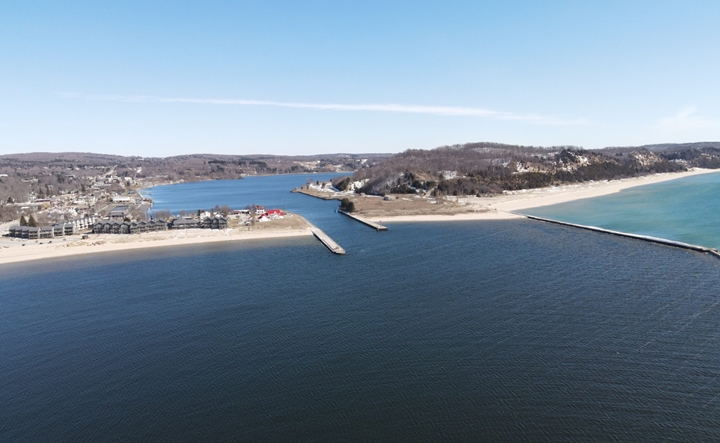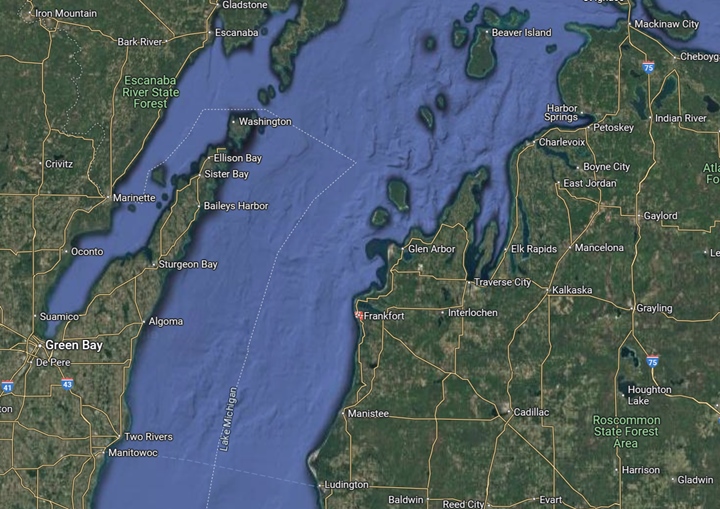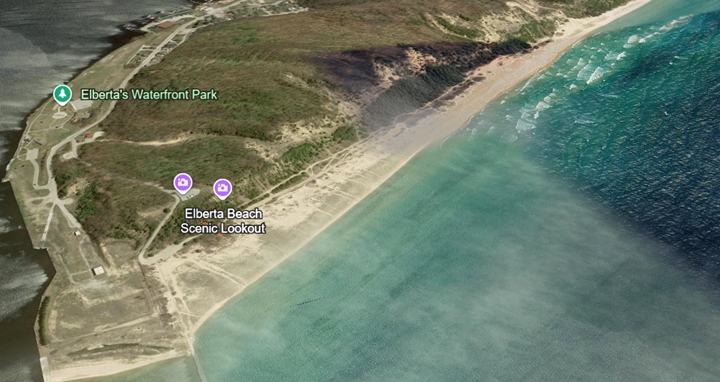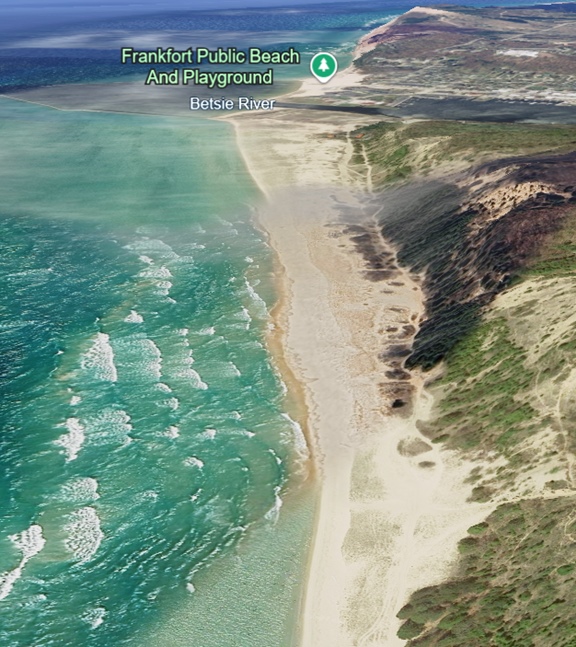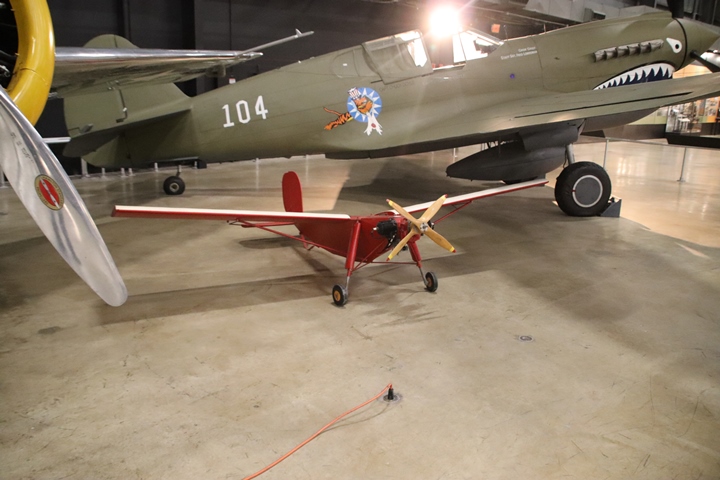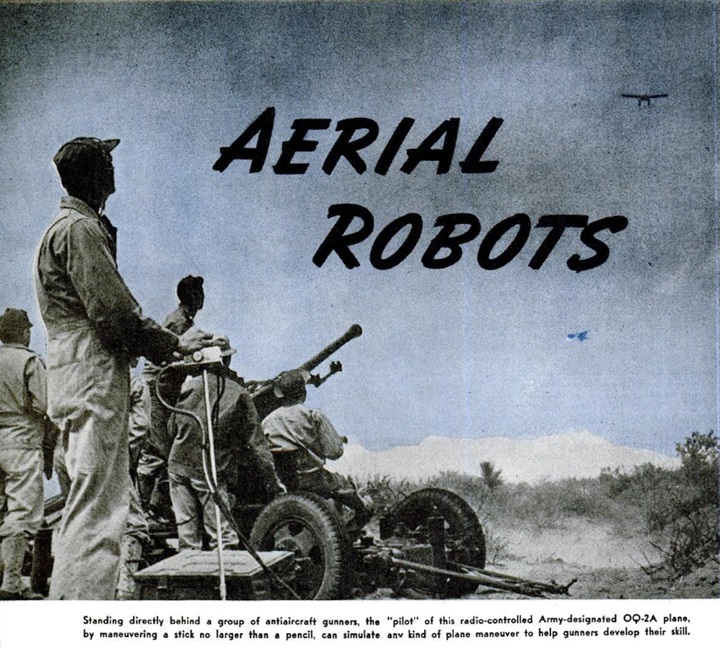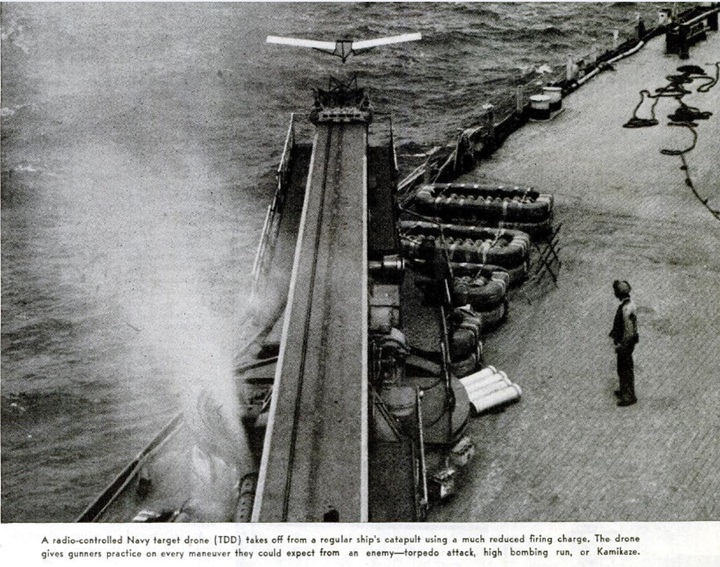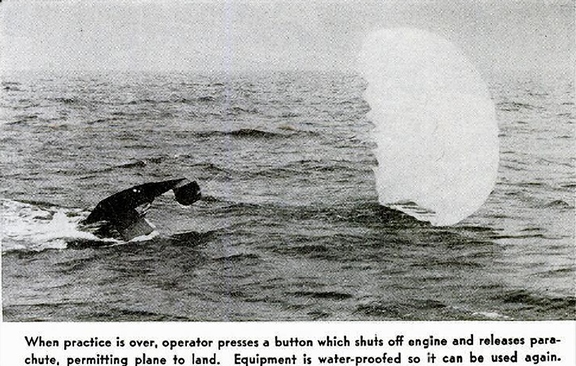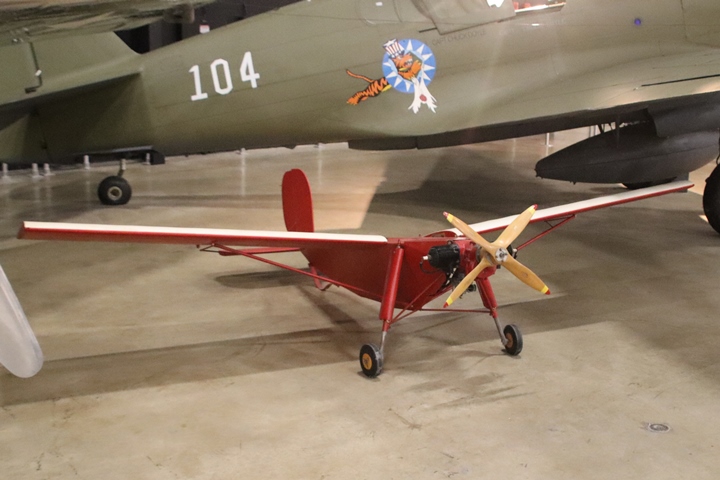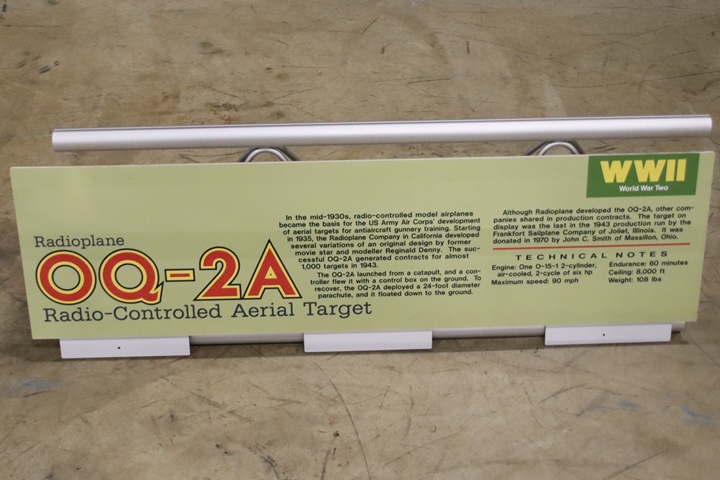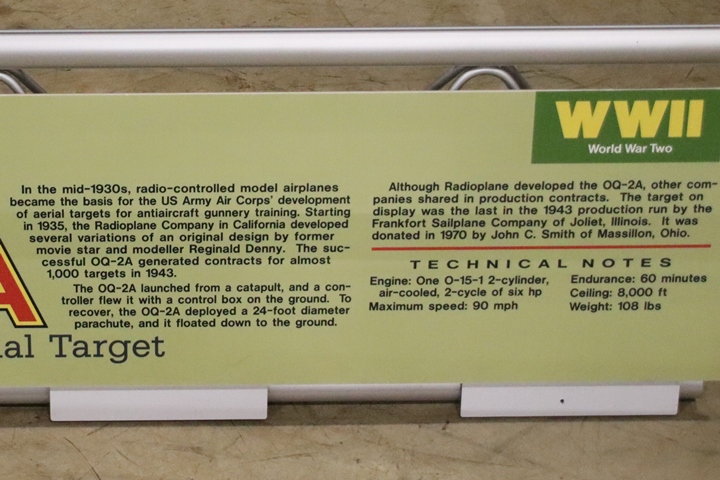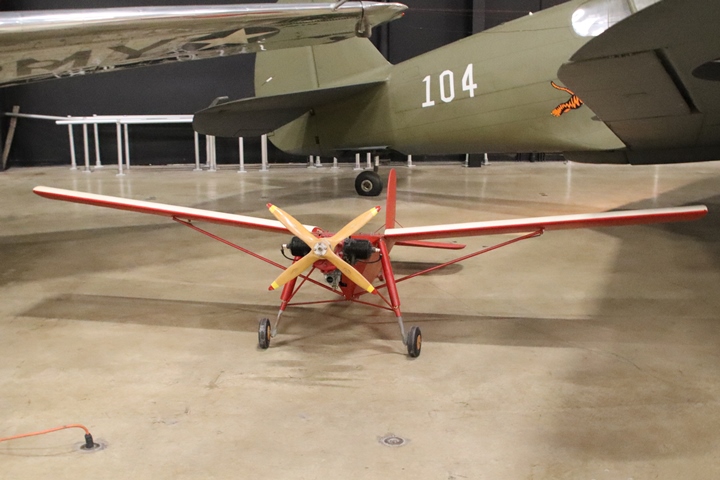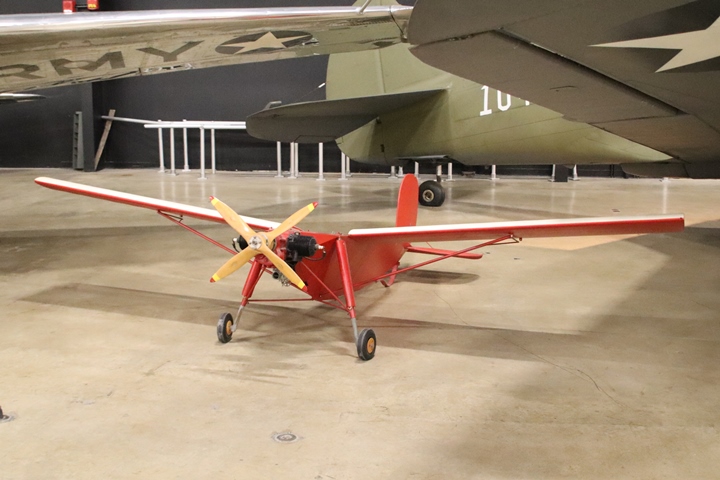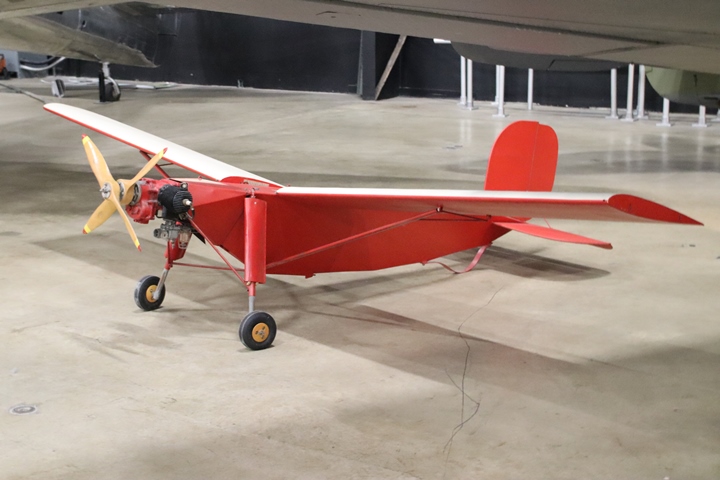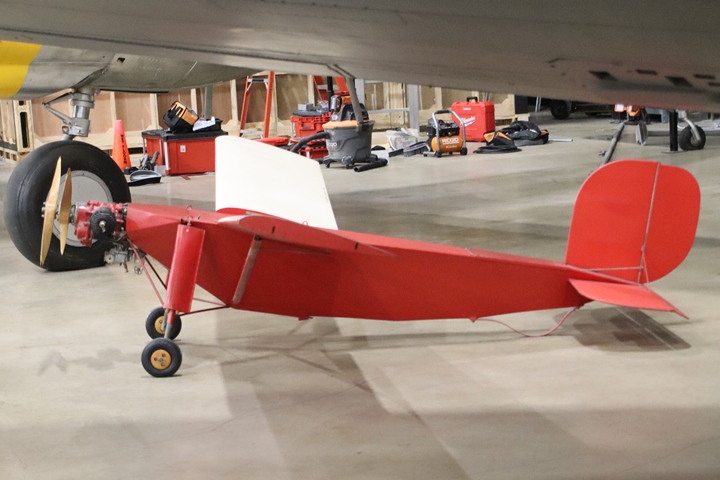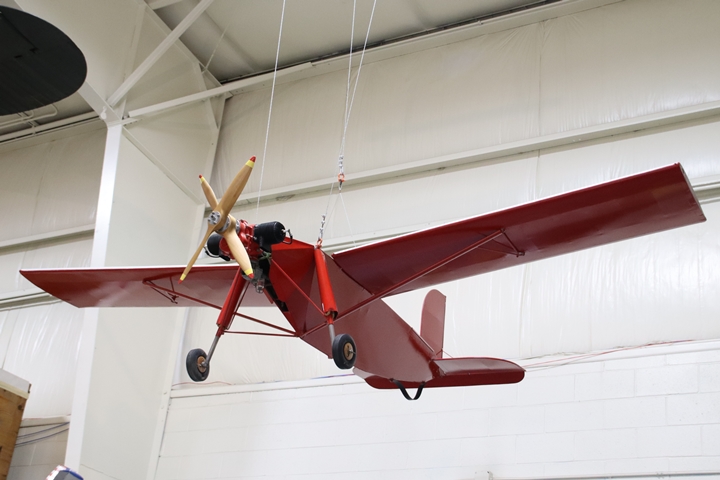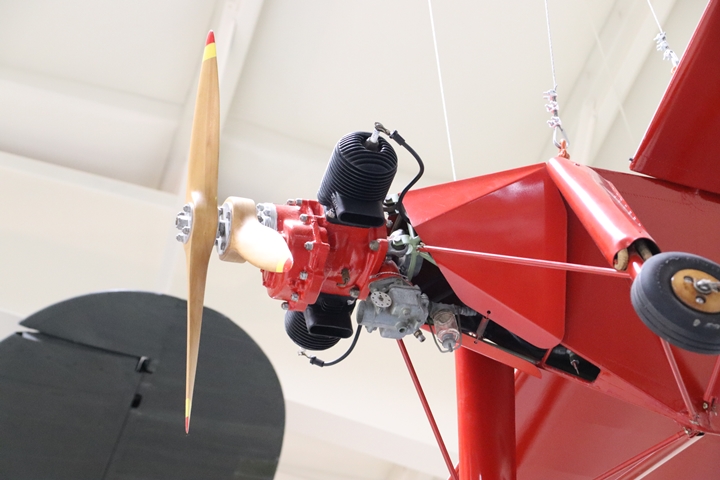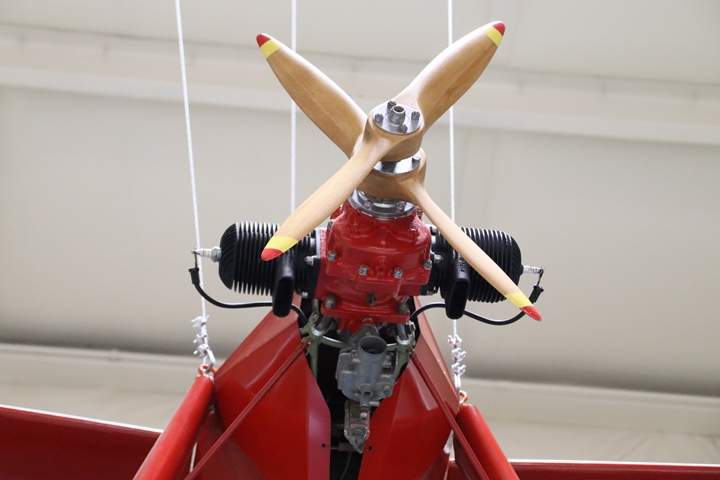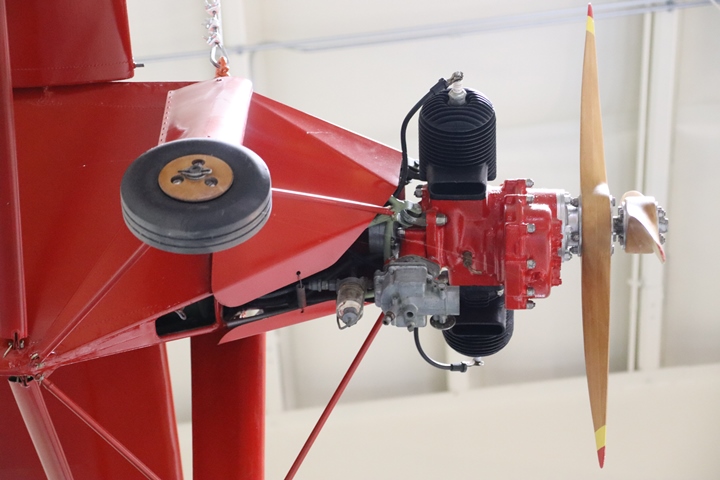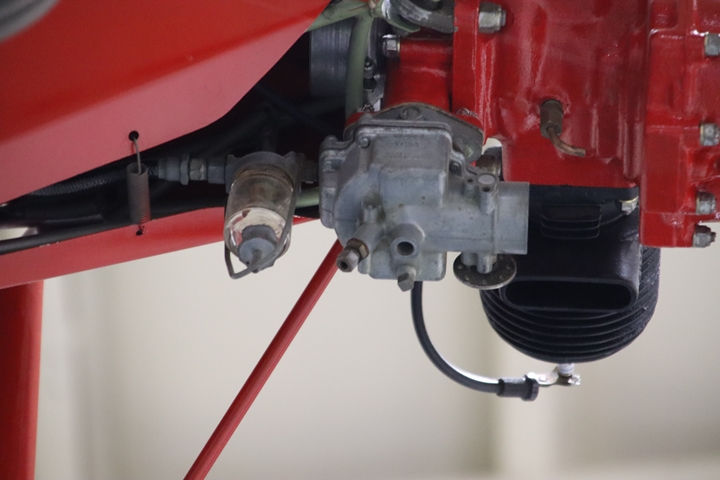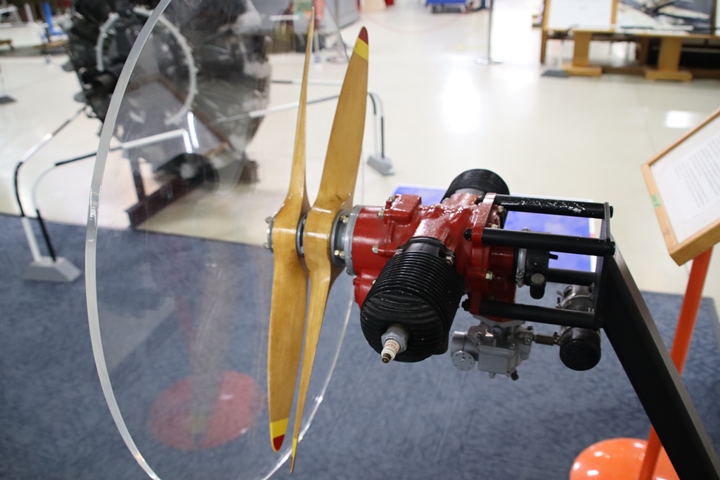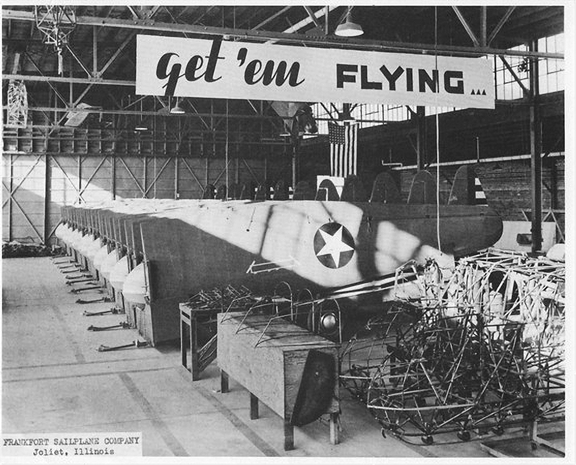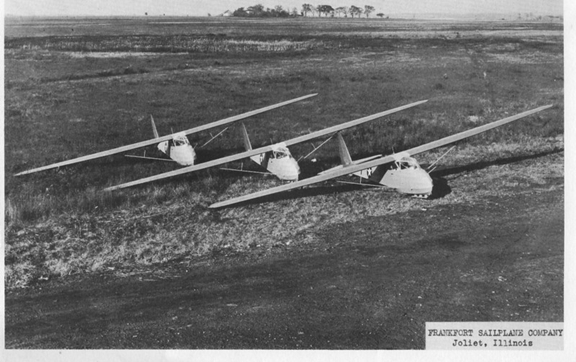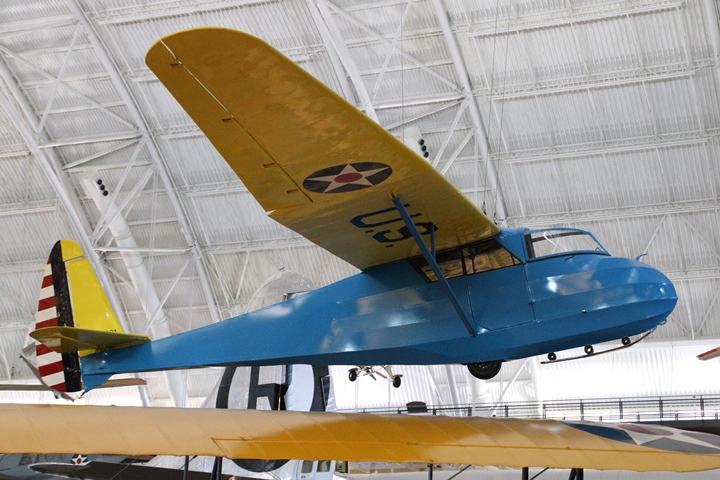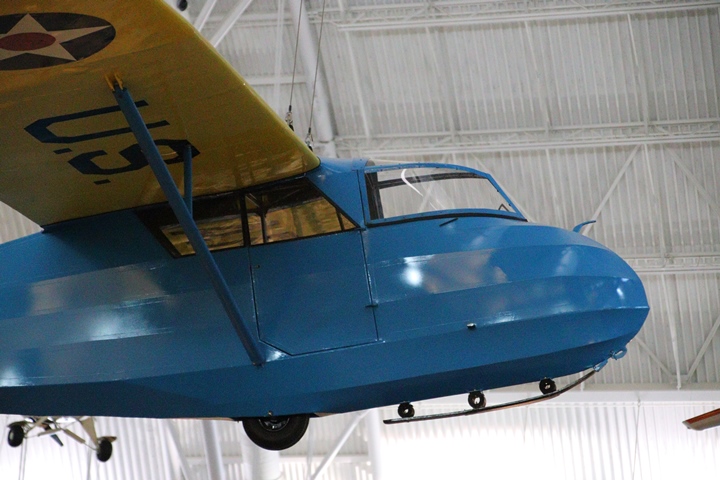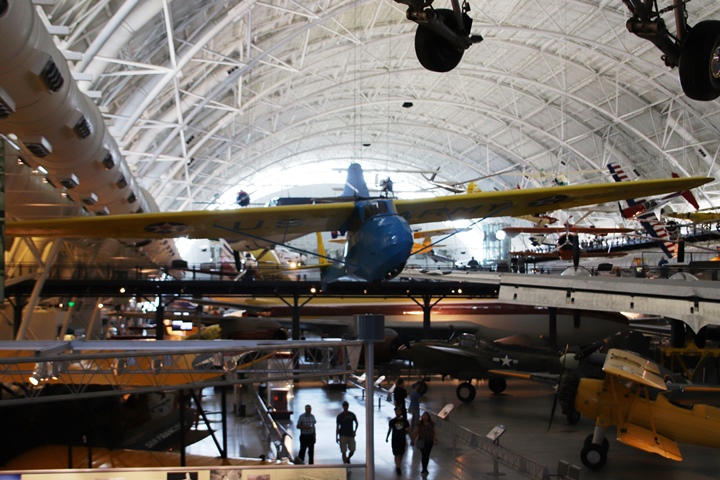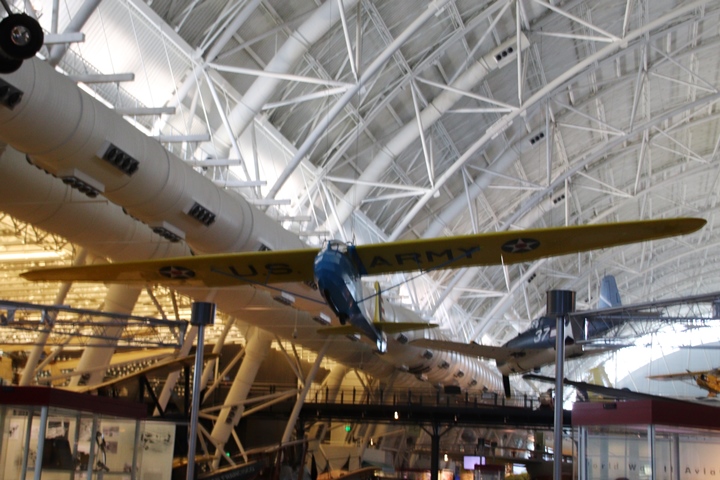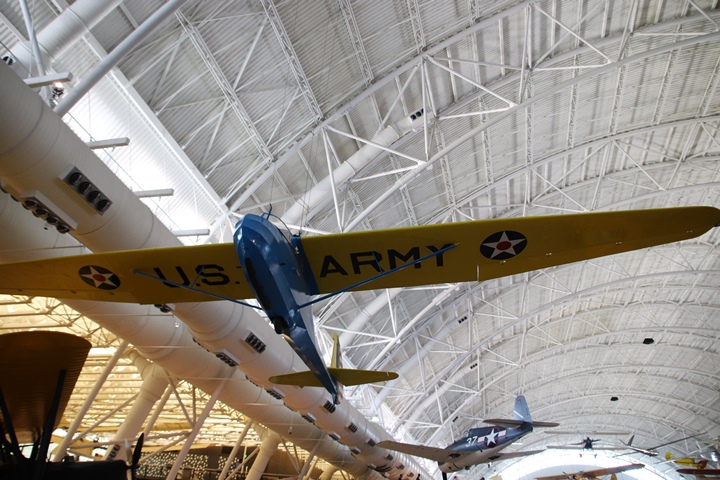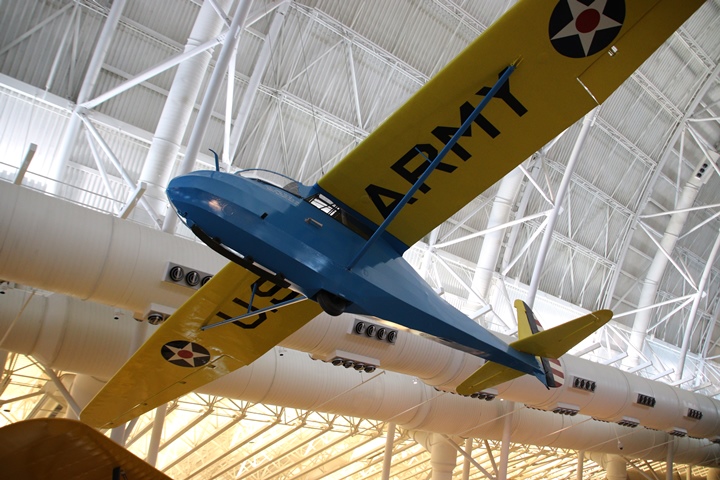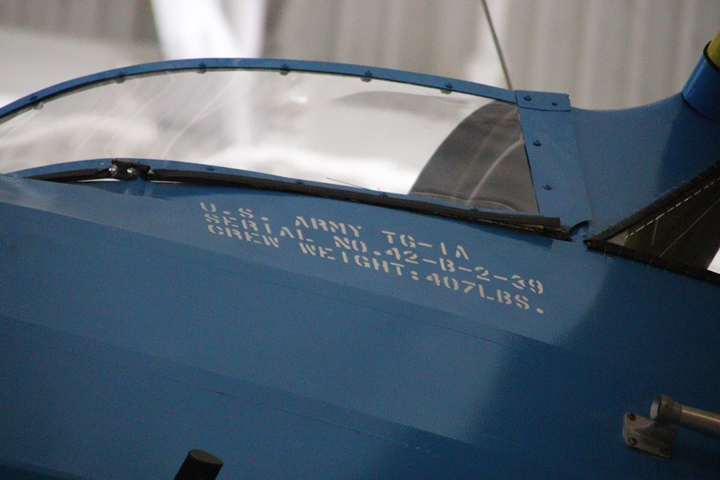|
Related Target
Drone Pages:
Culver Aircraft Corporation
Montpelier
Manufacturing Company
Radioplane Company
Richter Manufacturing Company This page updated 2-23-2025. The Frankfort Sailplane had its beginnings with a 1938 national soaring meet on the shores of Lake Michigan at Frankfort, MI. This meet brought some of the best soaring pilots and their gliders to Frankfort for this meet. Afterwards, Mr. Stan Corcoran stayed at Frankfort and used the beaches to teach aspiring glider pilots the art of soaring. He also started the Frankfort Sailplane Company to produce gliders based on his own design that he had flown in the 1938 meet.
After the Frankfort Sailplane Company moved to Joliet, IL in 1940, it was purchased by the Globe Company of Fort Worth, TX. However, I will continue to refer to it as the Frankfort Sailplane Company. At the end of World War Two, the Frankfort Sailplane Company closed up shop and went out of business. Frankfort Sailing Company World War Two Products: After the company moved to Joliet, IL, the United States Army Air Forces (USAAF) contracted with it to produce TG-1 training gliders. A contract for 3 prototype XTG-1 two-place trainers based on Mr. Corcoran's Model Cinema II civilian trainers was let on May 7, 1941. The total contract amount for these was $5,784.99 and they were delivered between September 1941 and June 1942. After testing at Wright Field in Dayton Ohio, the USAAF made some changes to the original design and then contracted with the Frankfort Sailplane Company for 40 TG-1As under contract 535-AC-28131 shown in Table 1. The amount in Table 1 is rounded off to the nearest $1,000. The actual cost was $111,016.20 or $2,775 per TG-1A. If one researches the Frankfort Sailing Company or the TG-1A online, the common story that is repeatedly found is that the company made 40 TG-1As for $2,775 each and that the company's factory was not designed for the high-volume manufacture of gliders. I found this several times while doing my research. One is left hanging as to what transpired after the building of the TG-1As. There is a lot more to the story of the company in World War Two. Tables 1 and 2 show that while the company began its war production building training gliders, its real impact on helping to win World War Two was the building of aerial targets. Table 2 shows that 97.7% of the Frankfort Sailplane Company's contracts were for aerial targets and parts.
Shown above is the only documented surviving OQ-2A aerial target built by the Frankfort Sailplane Company. It is on display at the National Museum of the United States Air Force in Riverside, OH. Note the size of the target compared to the P-40 behind it. Author's photo. Table 1 shows that in addition to the 40 TG-1A gliders that the Frankfort Sailplane Company produced, the compan also produced 10,056 aerial targets built under license from the Radioplane Company of Van Nuys, CA.
The next three World War Two era photos show how the aerial targets were used in training anti-aircraft gunners in both the U.S. Army and U.S. Navy.
OQ-2A Photos:
Below are more photos of an OQ-2A on display at the Air Zoo Aerospace and Science Museum in Kalamazoo, MI. While the documentation with the OQ-2A notes that it was designed by the Radioplane Company, it does not specifically note that Radioplane built the target. Therefore, this could have been built by the Frankfort Sailplane Company. Because Frankfort built approximately one-third of the Radioplane-designed aerial targets, there is a 33% chance this was built by Frankfort.
TG-1A Photos: The Frankfort Sailplane Company was formed to produce civilian gliders. During World War Two it was the first company that the USAAF approached to produce training gliders. However, when it was all said and done, it only received the one contract for 40 TG-1As before converting production to aerial targets. The 40 TG-1As made up about 4% of all of the training gliders built by several companies during World War Two.
|
|||||||||||||||||||||||||||||||||||||||||||||||||||||||||||||||||||||||||||||||||||||||||||||||||||||||||||||||
